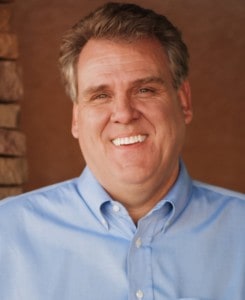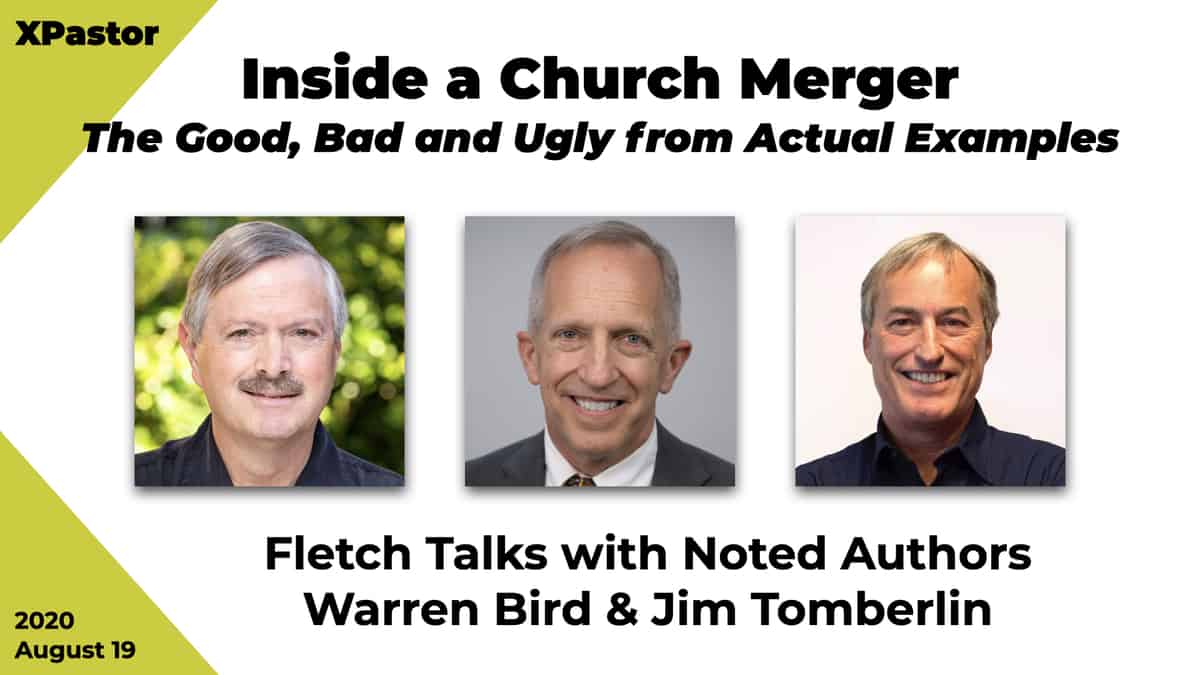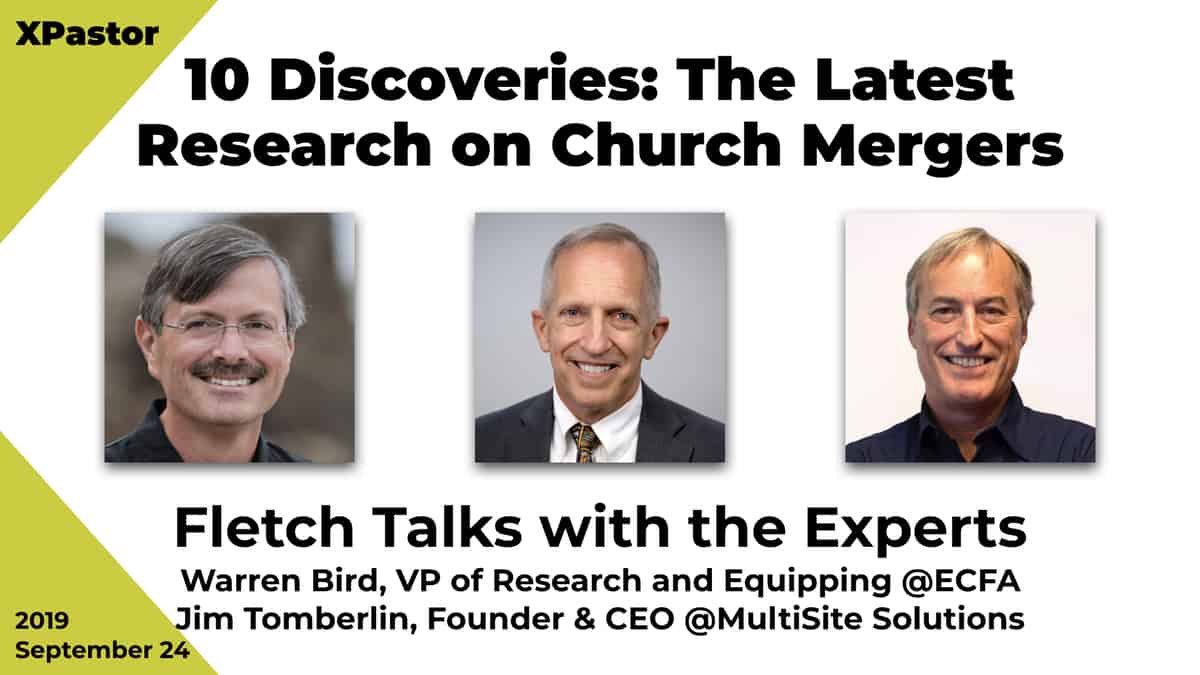Chris Mavity and David Fletcher talk about leadership teams in churches that have multiple campuses. Chris Mavity is a national leader in helping churches work through multisite issues. What should the all-church leadership team look like? Should every campus pastor be on that team? Should campus pastors represent their campuses on the all-church leadership team?
David: In my 35+ years as a pastor, I was at one multisite church with 8,000 members. You were involved in the startup of the multiple venue and multisite movement and have coached many churches. You have experience in many multisite churches. Share some of your background.

Chris Mavity
Chris: I was given the assignment to create an “overflow room” soon after joining the North Coast team. Understanding that an overflow room wasn’t a real crowd pleaser, we instead created another worship service which would be preferred by some at our church—the Video Cafe. That launched my new career as a campus pastor which spanned twelve years. The success of the video venue concept brought churches from around the country and ultimately launched the modern-day multisite ministry movement. It has been a joy to help a variety of churches implement the systems, processes and leadership DNA that expands the Kingdom through multisite.
David: What kinds of church leadership are needed when a church has four or less sites?
Chris: It seems with four campuses or less, a church can have centralized leadership. You have varying degrees of “command and control” in programs, budgets and how things are carried out.
David: What happens when a church has five or more sites?
Chris: Centralized leadership works for four to five campuses. Beyond that, a church needs to change to decentralized leadership. The primary modality must become empowerment of the campus and the campus leadership. Craig Groeschel and his team at Life.Church are the master of the balance between centralized and decentralized leadership.
David: What are the pitfalls if the leaders don’t decentralize?
Chris: The challenge is that many senior pastors are not astute at decentralized organizational constructs. This is not how they were trained. Over the years they grew their ministry with a centralized leadership model. As the senior leader of the originating site, there was good growth. But a centralized approach bogs down when adding more and more campuses. Developing a strong decentralized model of leadership actually fuels more creativity, development and, ultimately, growth. I can think of a large church that has never broken through the glass ceiling of six campuses because the senior leader is a command and control kind of guy. Growth will ultimately stall with a centralized leadership model.
David: When there are many campus pastors, should each one be on the strategic leadership team of the church?
Chris: I wouldn’t espouse trying to get buy-in from four or more campus pastors. They may not know the overarching needs and direction of a church. They are tasked with a particular site, and that’s a different perspective on leadership. Some seasoned leaders can take off their campus pastor hat and, setting aside their campus perspective, take on a global perspective for all-church leadership.
David: Can you give me an example of that challenge?
Chris: It’s like a junior vice-president at General Electric who is suddenly put in charge of an entire division. Few can make that kind of jump. If you have every campus pastor on the all-church leadership team, you will probably have the wrong people at the table. Just because they are a campus pastor doesn’t mean that they should have a seat at the table of whole church ministry.
David: It sounds like the difference between being a pastor of a church of 400 and a church of 3,000. Is that right?
Chris: Yes, exactly. Smaller churches are wonderful and have different church dynamics. Some uniquely-gifted people have the leadership acumen to speak with wisdom into issues for a church of 400 and 3,000. That person needs to be on the all-church leadership team.
David: How would you respond to the common question, “Who is going to represent that campus at all-church leadership meetings and decisions?”
Chris: I’m not a fan of representative leadership in churches. We are called to lead our people, not represent them. There’s a fine line of difference there. It’s not about being fair. The core question that needs to be answered is, What is the reason that we are engaged in multisite ministry? The answer to that question drives the structure of the all-church leadership team.
David: Can you expand on that?
Chris: The objective is what drives the church leadership structure. Think of a single word focus as a church’s objective. Perhaps that single word is evangelism or vitality, health or missions, or perhaps community. Once you have that focus, then we backward engineer to make sure that the leadership process, people and structure not only meets the objective but will bring about that single focus.
David: Chris, it’s been wonderful to talk with you on this vital topic. Can you conclude our time with one closing thought?
Chris: The ongoing challenge of a successful multisite church is that you have a variety of strong leadership voices. Senior leaders need to harness those voices and drive toward a common focus. If you allow for divergent focuses, then you will soon have multiple and conflicting visions in your multisite church.











